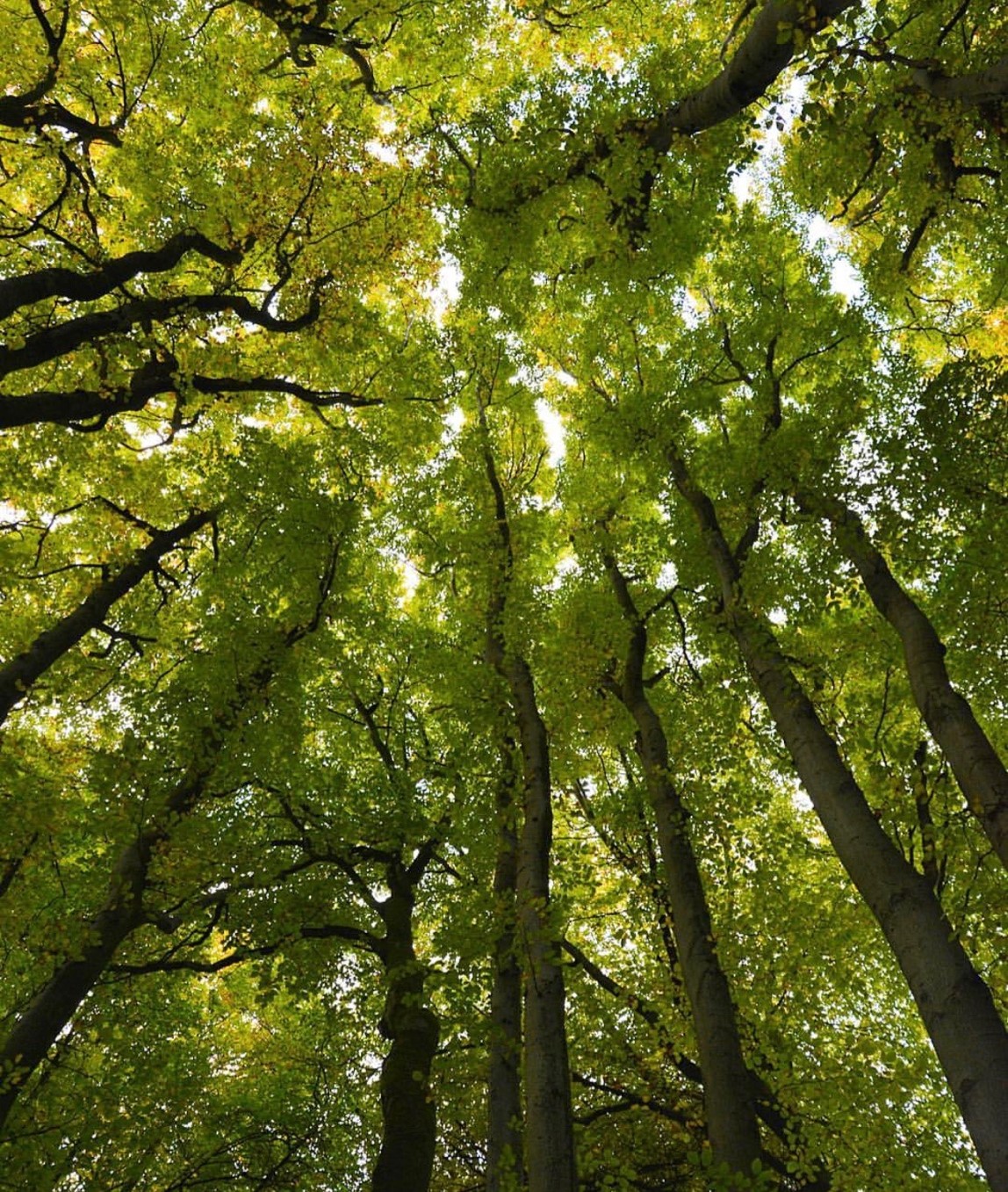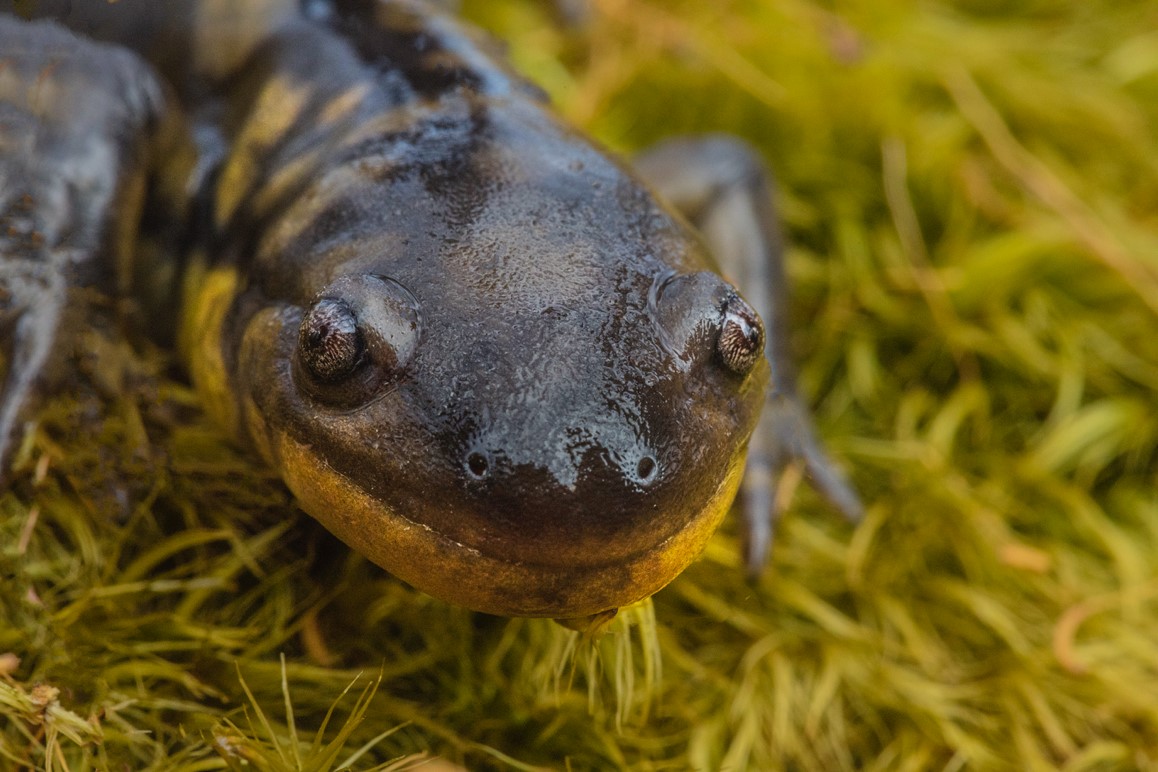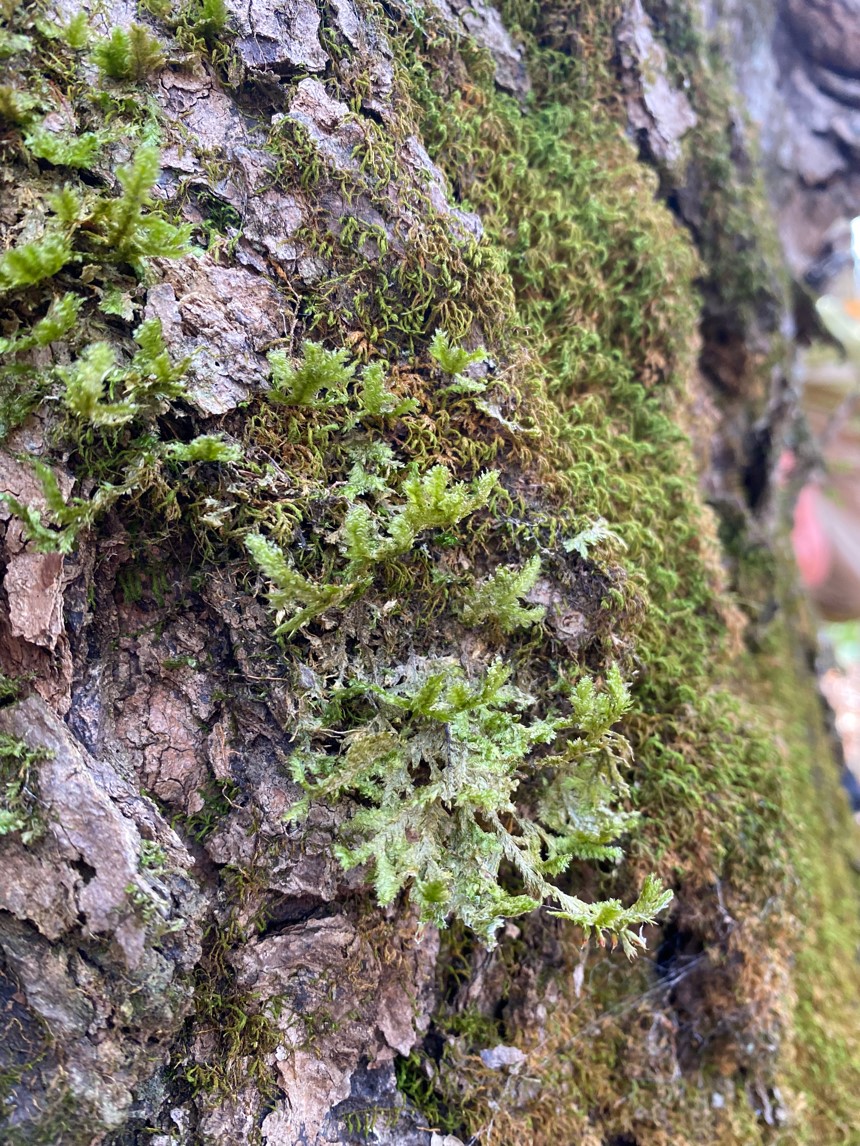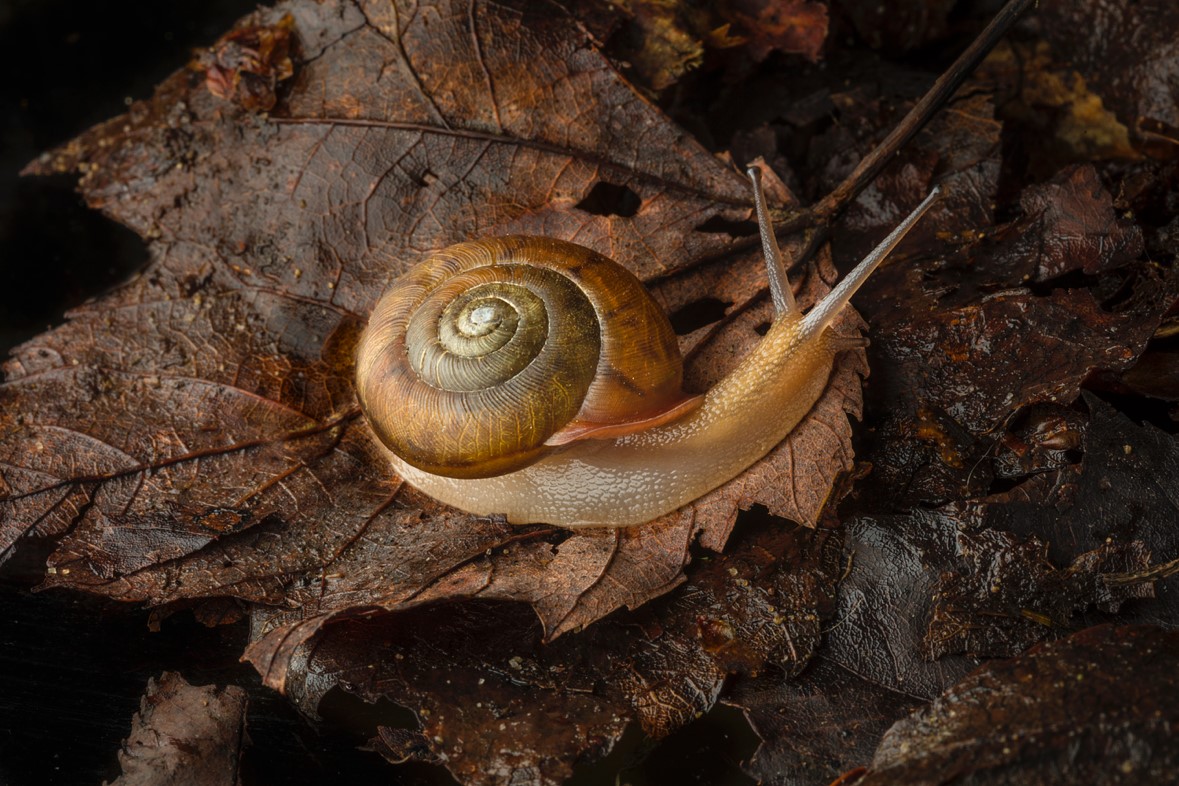
Biodiversity in Old-Growth Forests
By Joan Maloof, founder of Old Growth Forest Network
Thursday, Jan. 26, 2023
Forests in the Northeast are complex systems and finite resources. Given the recent passage of New York’s final Climate Plan, the State seeks to leverage and grow these existing forest ecosystems in the climate crisis and draw heavily on these limited resources. In this four-part blog series, the Adirondack Council is pleased to present guest writers Joan Maloof, Claudia Victoroff, Bob Leverett and Bill Moomaw to present on topics such as below-ground fungal networks, aboveground ecology, habitat connectivity and how the intrinsic value of forests must be elevated. - Adirondack Council
We know old-growth forests are beautiful. We know they are important for carbon capture and storage, for preventing land erosion, and for maintaining the hydrological cycle. All of these topics are studied and written about by experts in their fields. What we hear about less frequently, however, is the important role that old-growth forests play in preserving Earth’s fine-scale biodiversity. This is what I explore in my book, Nature’s Temples (now available for presale, release date April 4, 2023). Bringing this information together in one place was important for me because we are experiencing a massive decline in biodiversity, caused by humans.

One of the things humans do that negatively impacts other species is cutting and clearing forests. While it is true that cutting forests for wood fiber, and then allowing them to regrow, is less detrimental than clearing the forest for grazing, agriculture, or development; silvicultural management still has unquestionably detrimental outcomes for many species. Below I explore a few examples.
Salamanders
Amphibians are all thin skinned and require a moist environment. They don’t necessarily need a pond or a stream; many species live entirely ground-based lives, but the ground must be cool and damp, and crevices, root channels, or fissures must give them access to the cool, damp layers. It is not really big old trees that these amphibians need so much as it is the habitat created within an old-growth forest with big old trees. The ancient forest creates a moist environment with smaller fluctuations in temperature and humidity. Logging, by contrast, increases the light reaching the ground, causing higher soil temperatures and resulting in faster drying of the forest floor. This could mean death for a salamander, especially if the soil has been compacted by logging equipment and no underground alleys of refuge have been left intact.

A study done by Laura Herbeck and David Larsen on salamanders in Missouri compared salamander abundance in old growth (more than 120 years old), second growth (70 to 80 years old), and regeneration cuts (less than 5 years old). They found mostly southern red-backed salamanders: an average of 488 salamanders per acre in the old-growth forests, 96 per acre in the second-growth forests, and zero in the regeneration-cut forests.
Those numbers say it all. Herbeck and Larson conclude: “Management activities based on commercial rotations could result in lower plethodontid densities due to lack of suitable habitat. Increasing the rotation length in managed forests would provide older, mature forests that play a critical role in maintaining relatively high densities of plethodontid salamanders.” The term plethodontid refers to a salamander in the genus Plethodon. If you live in the eastern United States and you head to the woods today, roll over a log, and find a salamander, chances are very, very good it will be a plethodontid—probably a red-backed salamander. Of the 380 species of lungless salamanders, 55 are in the genus Plethodon. None of them need open water, as all are completely terrestrial, but they do need intact forests.
Mosses
We see the soft green mosses as we hike through the forest and assume that they are the same no matter the age of the forest – they are not. Researchers Gregory McGee and Robin Wall Kimmerer studied forests in the Adirondacks with three different histories: old growth (more than 175 years old); maturing (recovering from intense fire 90 to 100 years earlier); and intensively managed (no ages given). For each forest category they collected mosses from four different stands. In each stand they recorded the species of the tree, diameter of the tree, and height of the moss above ground level. Altogether they identified twenty-eight different moss and liverwort species.

Some of the species, like Ulota crispa and Hypnum pallescens (low-growing types that can survive in a drier environment), were more abundant in the recently cut forests; other species (the more erect types) were more abundant in the old growth. Two old-growth-loving mosses—Anomodon rugelii and Neckera pennata -- were found growing on sugar maples, white ash, and American linden. These three tree species have thick, corky bark with high moisture-holding capacity. The older and larger these trees become, the thicker their bark gets and the longer it can hold moisture. The larger the diameter of the tree, the more likely these researchers were to find these moss species growing on it. It is probably this unique microhabitat, created by these particular trees above a certain age, that supplies the needs of these special mosses.
More recently John Franklin surveyed old-growth forest tracts in the Catskills. With the exception of one tree near a parking area, he found that the old-growth indicator moss species were only found in unlogged areas.
Snails

During his graduate studies Daniel Douglas examined the snail species in three forested areas of Kentucky. In each area he compared the snails found in an old-growth forest with those found in a nearby younger forest. Some snails were collected by hand, and others were collected by filling bags with leaf litter that was then dried, sieved, and closely examined. In total he collected more than three thousand snails. Using a microscope and an identification key, he identified seventy species of snails, all of them native. In every case the older forests contained more snail species. Overall, twenty of the snail species were most common in old-growth forests. One of them in particular, Carychium exile, a tiny snail with no common name, was only found in old-growth forests. Seventeen of the twenty indicator species for undisturbed old-growth forests were micro-snails, less than 5 millimeters in size. Micro-snails stay in one area for their entire lives, but this trait makes them vulnerable to local extinction because they can neither escape from disturbance events taking place in the forest nor recolonize quickly after a disturbance. Douglas believes that some land snail species may become locally extinct from forests that are managed through intensive forestry, such as clear-cutting, and disturbance of old-growth forests leaves behind a different snail community than the one that existed there originally.
All the Rest
Above we have only discussed salamanders, mosses and snails, but we could continue the discussion and include many other organisms such as birds, wildflowers, mushrooms, lichens, mammals, and insects. In all of these groups we would see the same patterns – old-growth forests provide special habitats that are destroyed by timber harvesting. If we intend to preserve the beautiful biodiversity we inherited, we must also preserve the homes where organisms live, and for many organisms the habitat they know as home is an old-growth forest.




